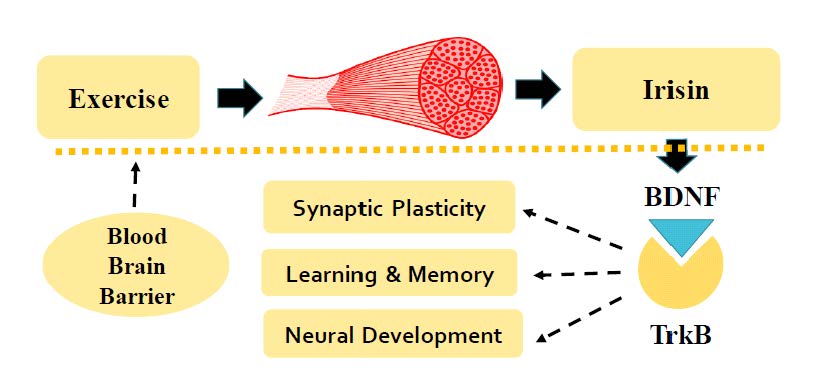The skeletal muscle-secreted myokine irisin, which is produced in response to physical exercise, has several protective functions both in the central and peripheral nervous systems, including regulation of brain-derived neurotrophic factor, modification of telomere length, inhibition of the endoplasmic reticulum stress response, and anti-inflammatory and anti-apoptotic effects that may be of benefit in neurodegenerative diseases such as Alzheimer’s disease (AD). The present review is based on the hypothesis that irisin connects physical exercise with AD progression. We herein describe current knowledge of the physiology of irisin and its potential role in AD. We conclude that, although current and ongoing research on irisin is very promising, further research is required to clarify its potential as a meaningful target for drugs to treat human diseases.

